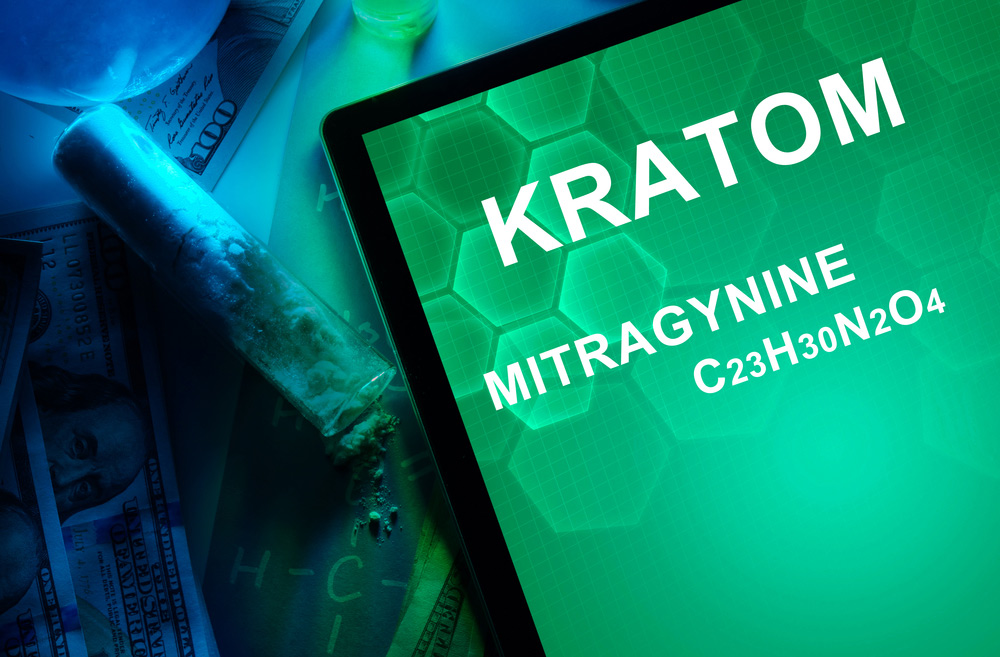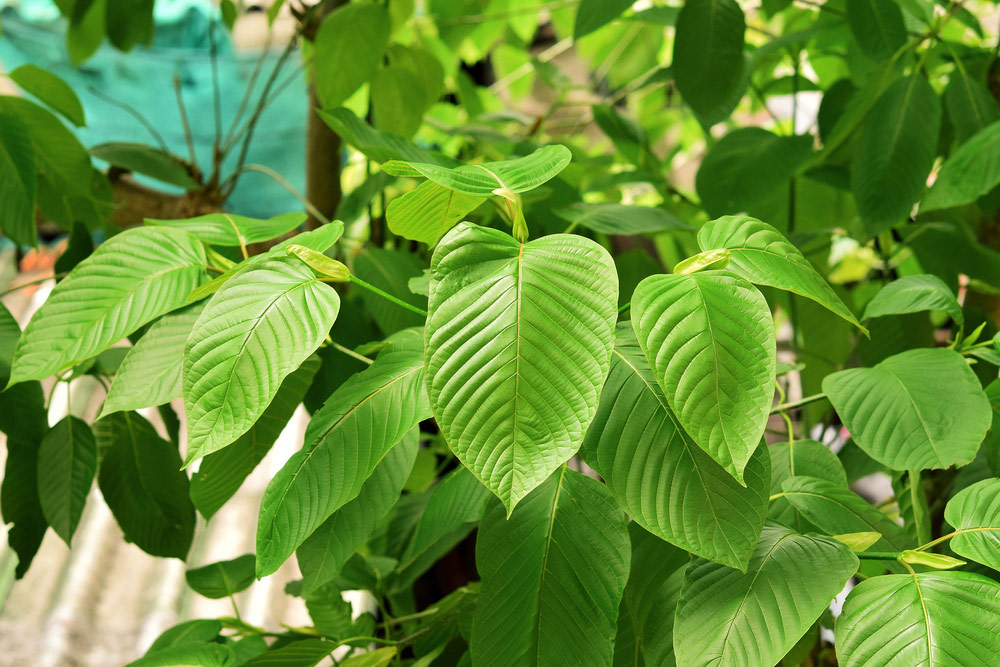DEA Announces Intent to Schedule Kratom

DEA Will List Kratom as a Schedule 1 Controlled Substance
The Drug Enforcement Administration (DEA) announced on August 31, 2016 that it intends to include the active chemical agents in the Kratom plant into Schedule I of the Controlled Substances Act. The announcement states that this is "in order to avoid an imminent hazard to public safety." The DEA announcement about Kratom was made in the U.S. Federal Register.
Kratom is a tropical tree native to Thailand, Malaysia, Myanmar, and other areas of Southeast Asia. Mitragynine and 7-hydroxymitragynine are the active ingredients found in the tree that will be banned, and in fact these chemicals are naturally occurring opioids.
Kratom is used a a drug of abuse because it can produce effects very similar to other opioid drugs, and in fact it is often marketed as a legal alternative to these type of controlled substances. Nationwide, law enforcement have seized more Kratom in the first half of 2016 than any previous year. This easily accounts for millions of dosages intended for the recreational market, according to DEA findings.
The DEA states that:
- Kratom has a high potential for abuse.
- Kratom has no currently accepted medical use in treatment in the United States.
- Kratom has a lack of accepted safety for use under medical supervision.
These three factors together constitute a Schedule I controlled substance according to the Controlled Substances Act passed by Congress in 1970.
Law enforcement has seized the drug in various forms, including powder, plant, capsules, tablets, resins, liquids, and patches. As with all illicit drugs and street drugs, the identity, purity levels, and quantity of these substances are uncertain and inconsistent, and thus they pose significant danger to potential users.
More than 55,000 kilograms of Kratom, in various forms, were discovered by law enforcement at different ports of entry within the United States in the period from February 2014 to July 2016. In addition, more than 57,000 kilograms of Kratom material offered for import into the United States between 2014 and 2016 are awaiting a Federal Drug Administration (FDA) admissibility decision. All this material combined is sufficient to supply in excess of 12 million doses of Kratom.
The FDA has also warned the public not to use any products labeled as containing Kratom because of concerns about toxicity and potential health impacts. Also, the FDA has issued and subsequently updated two import alert bulletins related to Kratom products. Kratom has been on DEA’s list of drugs and chemicals of concern for several years now and action has been expected.
The American Association of Poison Control Centers identified only two exposures to Kratom from 2000 and 2005. In a graphic representation of the subsequent surge in popularity of the drug, between 2010 and 2015 U.S. poison centers received 660 calls related to Kratom exposure.
The Center for Disease Control (CDC) found that Kratom abuse can lead to a variety of symptoms such as agitation, tachycardia, irritability, nausea, drowsiness, and hypertension. Health risks found in Kratom abusers include liver damage, psychosis, seizures, weight loss, insomnia, tachycardia, vomiting, poor concentration, hallucinations, and even death. The DEA states that it is aware of 15 deaths related to Kratom that have occurred between 2014 and 2016.














